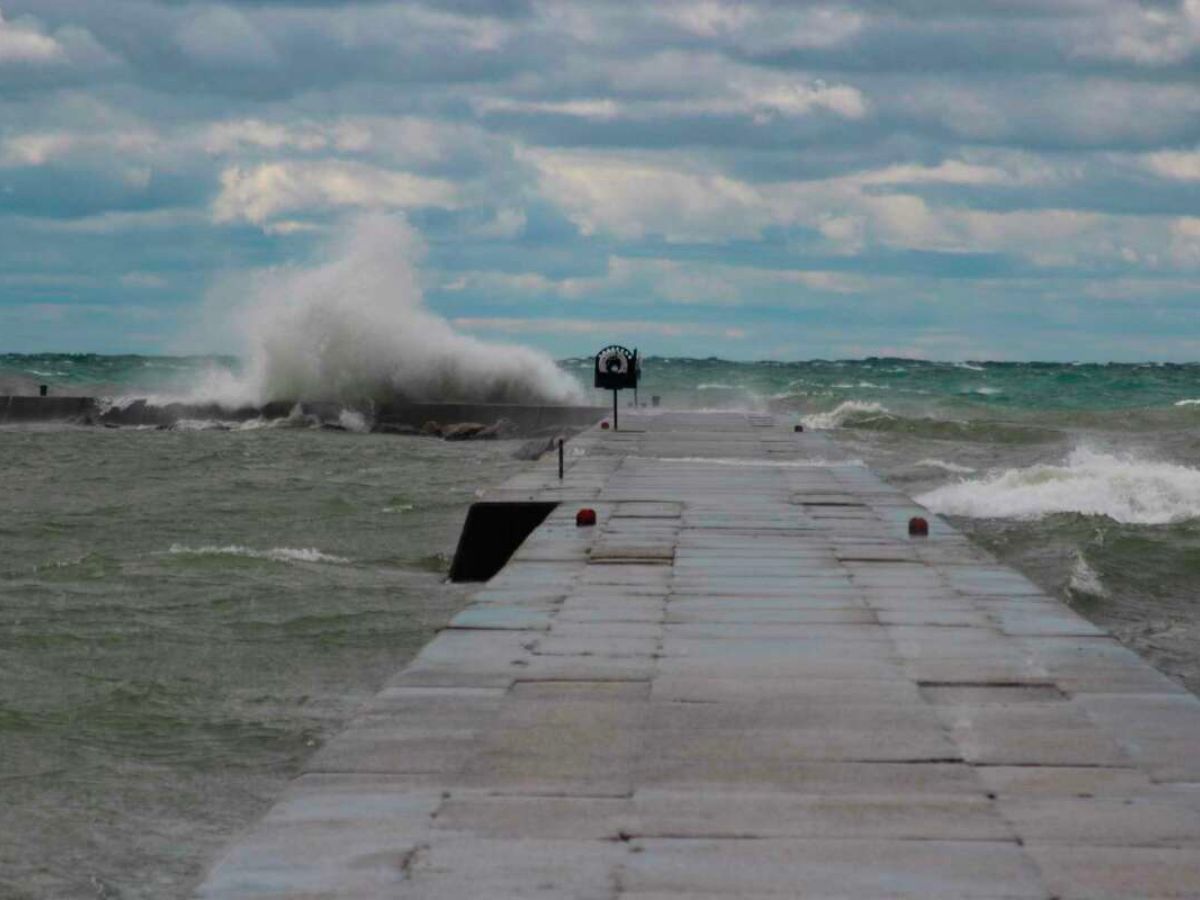Water bodies play a crucial role in human life. They are essential for our survival, offering us both entertainment and a space for socializing. Additionally, they can serve as a means of unwinding and finding solace. However, even though something may be considered positive, it is not exempt from having its own set of issues.
When considering hazardous locations, one’s mind often conjures up images of exotic locales teeming with venomous creatures. It may come as a surprise, but one of the most perilous bodies of water can be found in your very own neighborhood.
A-Z Animals has compiled a list of the most perilous lakes across the globe. These treacherous bodies of water are predominantly found in remote locations, with some even reaching boiling temperatures. Additionally, these lakes are teeming with hazards that are best left undisturbed. Located in the heart of Michigan, one of the lakes stands out as it is in close proximity to a significant portion of the state.
The World’s Most Dangerous Michigan Lake
Some may associate it with Lake Superior, a body of water that has been immortalized in songs like “The Wreck of the Edmund Fitzgerald” for its turbulent and unforgiving nature. However, your assumption would be incorrect. Lake Michigan has been identified as one of the most perilous bodies of water in Michigan and globally.
According to reports, Lake Michigan is known for its treacherous undercurrents, which have been deemed highly dangerous. Experts have highlighted the significance of Lake Michigan’s unique geometry in contributing to the presence of dangerous currents. These currents are further exacerbated by the presence of manmade piers and docks, increasing the risk for potential fatalities.
Suggested: Study Reveals the Most Popular Dog Breeds in California
Tragic incidents have occurred as a result of these underlying currents, leading to loss of life and injuries. In the fall months, the lake can become more dangerous due to rapid and severe fluctuations in air and water temperatures, which increase the power of the currents and waves.
Lake Michigan presents its own set of unique factors that require caution, although the likelihood of encountering dangerous creatures or contracting rare diseases is low.


